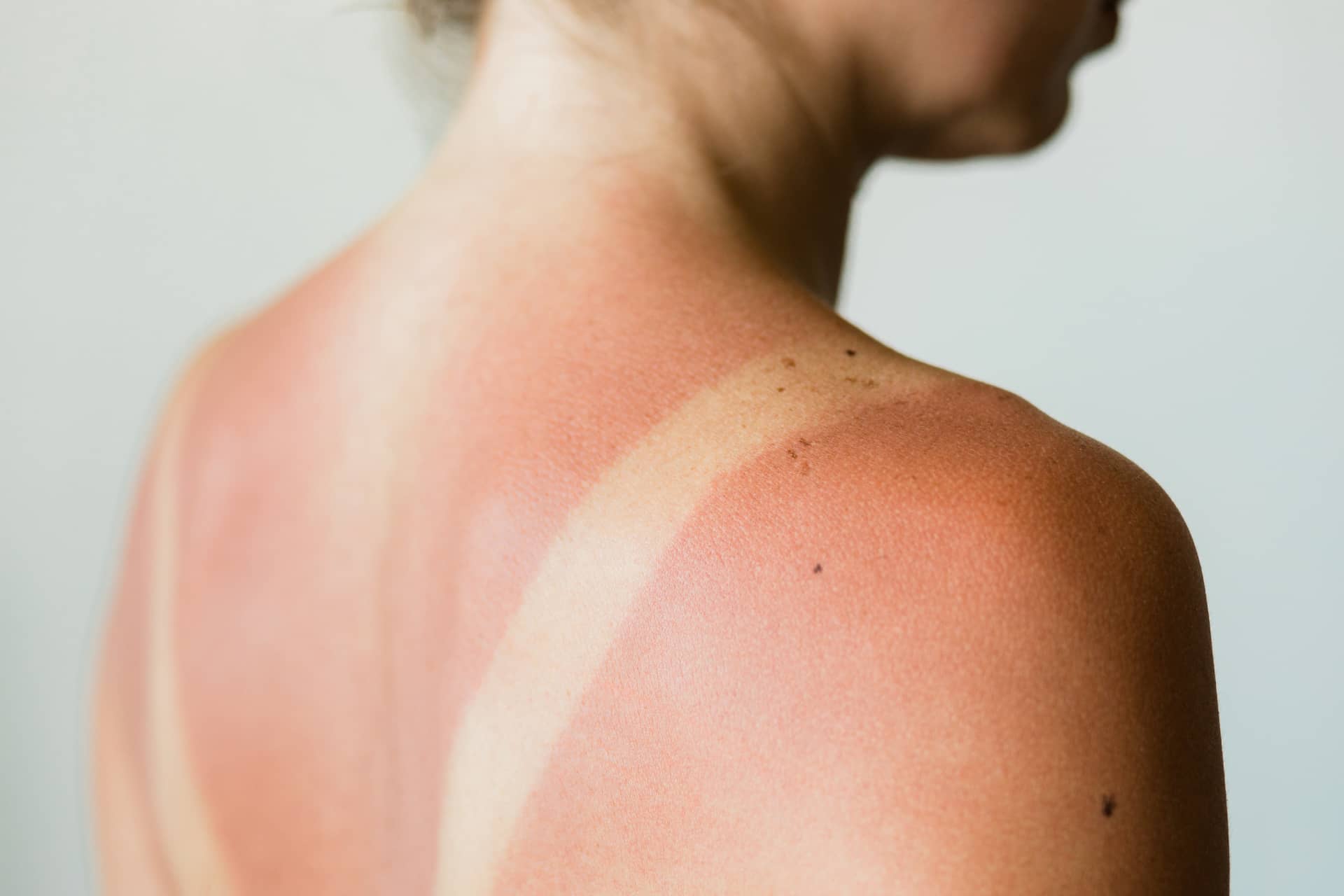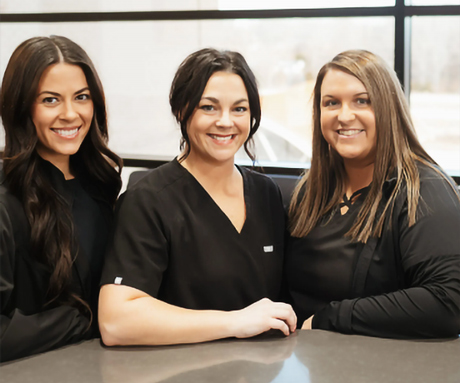Location
1600 West Harper Street, Poplar Bluff, MO 63901
Working hours
Mon-Fri: 8AM - 5PM
Sat & Sun: Closed
Contact
DON’T BE A SUN GODDESS THIS SUMMER. ELITE DERMATOLOGY REMINDS YOU TO APPLY SUNSCREEN.

We lie outside in the sun during warmer months trying to get the perfect golden bronze. But more often than not, we end up walking away red, shriveled, and many times with stripes. Regardless of the numerous warnings about damage from the sun, we still subject our skin to the burning rays.
Sunburn is a painful, red skin injury that is hot to the touch. Usually, it appears a few hours after being in the sun too long, and exposure to ultraviolet (UV) light from the sun or other sources like sunlamps. Symptoms of sunburn can include:
- Redness
- Warm Skin
- Swelling
- Tenderness/pain
- Fluid-filled blisters
- Gritty feeling eyes
If the sunburn is severe, we may feel nauseated or fatigued and have headaches or fever.
Continued exposure to the UV light that causes sunburn ups the risk of skin damage like rough, dark spots and wrinkled skin. It also increases skin cancer risks. Having five or more sunburns doubles the chance of skin cancer in our lifetime. On average, the risk for melanoma doubles after five sunburns, but only one blistering sunburn in our early years can double the chances of developing melanoma later in life.
Statistically, 1 in 5 Americans develops some type of skin cancer by age 70. Every hour in the US, over two people die of skin cancer complications. There are more people diagnosed with skincare annually than all other cancers collectively. Cases of new, invasive melanomas have increased by 31% in the US over the last decade. In addition to melanomas, basal cell carcinomas, and squamous cell carcinomas are the most common types of skin cancer, and the incidence has increased by 200% in the last three decades.
To prevent sunburn, we need to cautiously protect the skin while outside. Protective clothing like long-sleeved shirts and pants, long-brimmed hats, and UV-blocking sunglasses add layers of shielding from the sun. Covering exposed areas of skin with an ounce of a broad-spectrum sunscreen that protects UVA and UVB rays is also preventative. If in the sun often, research medications. Antidepressants, antibiotics, and some diabetes drugs can cause the skin to be more sensitive to the sun and burn more quickly. Lastly, it is important to realize, skin cancer isn’t going to check itself. Contact a medical professional if a bothersome skin change is noted, if there’s a new skin growth, a change of appearance of a mole, or a skin sore that will not heal. There is a 99% 5-year survival rate for people with skin cancer that is detected early.
If the summer sun fights back, come see us at the Elite Dermatology. Our team has all of your remedies for skin irritation and treatments for sunburns. Schedule an appointment at our office for treatment, or your annual skin check-up.

We Can’t Wait to Meet You
1600 West Harper Street, Poplar Bluff, MO 63901